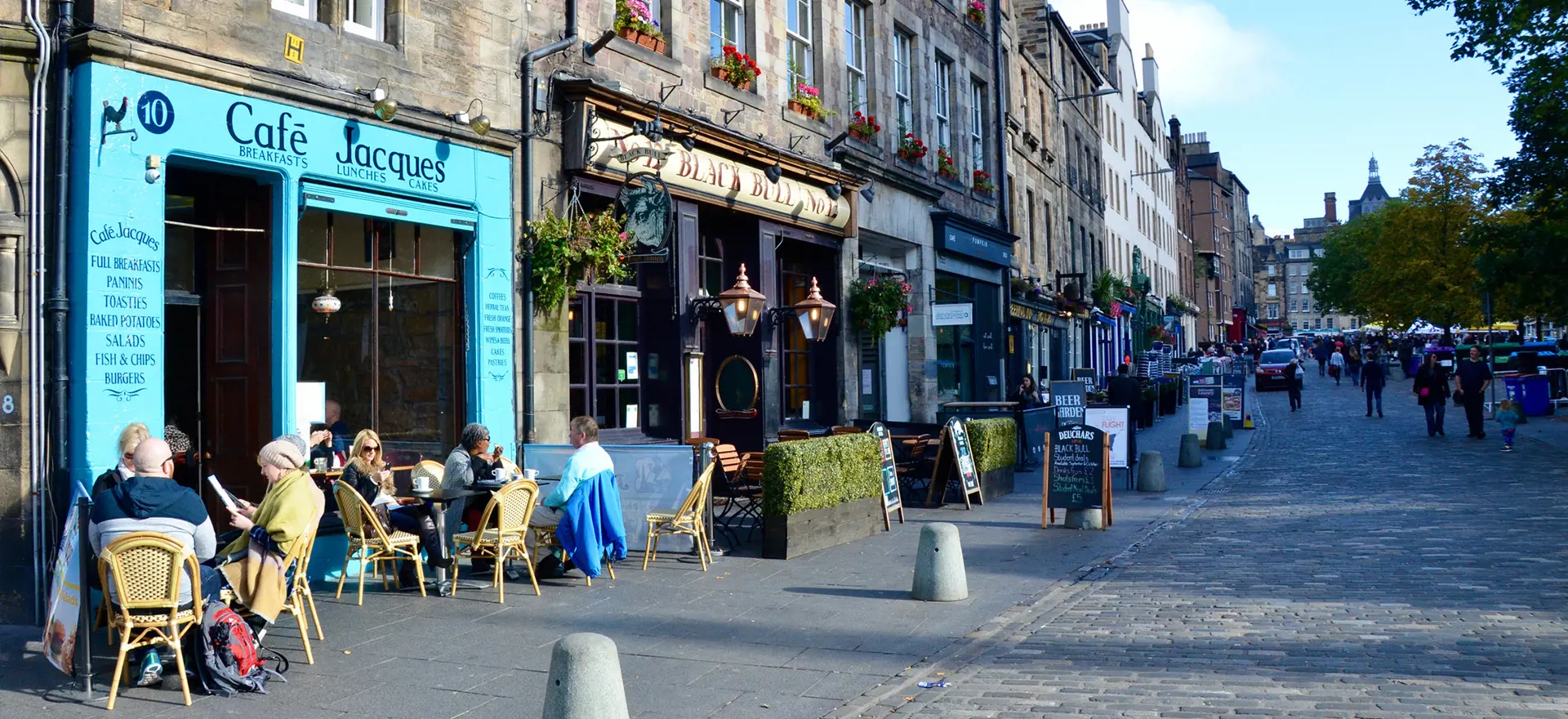Last week the House of Lords Built Environment Committee published its first report of session 2024-25 titled:
‘High Streets: Life beyond retail?’ The report follows an
Inquiry which sought to “…
understand how high streets can be regenerated and become more resilient and attractive.”
This blog follows our earlier
analysis of the oral evidence given to the Inquiry and our suggested priorities for delivering on the Government's growth mission, specifically relating to town centres and main town centre uses.
Whilst it is positive to see high streets back on the Government’s agenda, the recommendations set out in the report may not go far enough to address the societal, structural and market changes of retail and town centre markets. Notwithstanding, we support and recognise that we do have to start somewhere…
High Streets: Life beyond retail?
The Built Environment Committee’s report foremost acknowledges that high streets are evolving from the retail-dominated spaces of the last 3 decades. Both e-commerce and Covid-19 have driven retail closures in town centres over the past few years. Whilst it is recognised that shopping will likely always be a feature of our high streets, there is greater demand and opportunity for restaurants and leisure activities, as well as for more public services such as health centres and libraries to drive footfall.
Whilst every high street faces unique challenges requiring different solutions, the report identifies recurring themes that offer clear considerations when seeking to create a thriving and vibrant high street.
These include:
-
safe and easy access;
-
measures to ensure all members of the community feel secure, including adequate street lighting, clear sightlines and passively observed spaces;
-
celebrating the local history or uniqueness of places through conservation and repurposing of historic buildings and retaining local markets; and
-
incorporating more green spaces and improved public realm.
Whilst all stakeholders, including the Government, are recognised as playing a role in the revitalisation of high streets, local authorities are considered to have a central role to play in co-ordinating sometimes conflicting interests, including those of landlords, business owners and the local community.
What does this mean for planning?
Within the above context, the report sets out recommendations to the Government focused on changes to legislation, policy and funding mechanisms.
Key points include:
| |
|
|
| |
Use Class E
The report acknowledges that the introduction of Use Class E has increased flexibility and made high streets more adaptable. However, it is recommended that the Government explore expanding the scope of Use Class E (or another use class) to support the renewal of large shopping centres for cinemas, concert halls or other leisure uses.
|
|
| |
|
|
| |
|
|
| |
Permitted Development Rights (PDR)
It is acknowledged that the expansion of PDR to convert Use Class E into residential risks damaging the vitality of town centres and reduces local control over development on high streets. It is recommended that the Government reviews the impact this policy is having on high streets relative to the number of homes being delivered.
|
|
| |
|
|
| |
|
|
| |
Out of centre development
The report states that competing out of town retail and leisure centres can have a negative impact on high streets, and local authorities should ensure that new development is complementary to the needs of the high street. The report recommends the Government maintains its ‘town centre first’ retail policies set out in the NPPF, and that local authorities should clearly set out those circumstances in which out of centre development is permitted in Local Plans and should robustly apply the sequential test.
|
|
| |
|
|
| |
|
|
| |
Public service delivery
New public services including libraries, diagnostic centres and local government buildings should be located on the high street in the first instance. The NPPF should be amended to introduce this as part of an expanded sequential test.
|
|
| |
|
|
| |
|
|
| |
Business rates
The report states that the Government should consider and simplify the range of business rates relief schemes available to ensure the framework supports successful high streets.
|
|
| |
|
|
| |
|
|
| |
Ownership
The Government should provide funding to local authorities to maintain an ownership and occupier database for properties within high streets – for example, to make it easier to open vacant units, and support local authorities to make use of new High Street Rental Auction powers. See our recent analysis of High Street Rental Auctions. |
|
| |
|
|
| |
|
|
| |
Funding
The report notes the previous Government’s ‘funding simplification doctrine’ is a sensible approach and should be expanded to all local authorities in receipt of more than one funding stream. Furthermore, any future programmes created as part of the local growth funding reforms should have a highly simplified bidding process – bidding processes can serve to ensure that areas in receipt of funding are actively engaged in local projects but should not be overly onerous and should serve a clear purpose.
|
|
| |
|
|
| |
|
|
| |
Town centre managers
Lastly, the report states that the Government should invest in training and educating a ‘town centre manager’ for each local authority, to support the development of high streets and town centres – commissioned either from the private sector or coordinated through existing structures, such as BIDs.
|
|
| |
|
|
Putting a plan into action…
It is extremely positive to see high streets back on the Government’s agenda. There was a clear lack of political recognition of high streets and town centres in the draft NPPF which raised concerns across many in the industry. The various recommendations to the Government set out in the report are predominantly positive and will hopefully be taken on board by the Government to assist in revitalising our high streets and town centres.
Notwithstanding, it is considered that the recommendations set out in the report could have gone further both in terms of key matters raised in the report, and other matters which are not highlighted.
For example, the report recommends that the Government should maintain its ‘town centre first’ retail policies set out in the NPPF; a policy approach which has been in place for almost 30 years. Similar to the introduction of Class E, there needs to be flexibility built into this approach. We would suggest giving local authorities the ability to consider locational requirements, reflecting the market, as is the case with the sequential test. As set out in our earlier blog, certain business models prioritise sites with characteristics that are unlikely to be found in town centres and may be better suited on edge-of-centre (or even well-planned out of centre locations) where they could draw visitors from further afield and drive trade towards town centres through careful design facilitating additional linked trips.
Furthermore, the report lacks commentary on other key considerations. Our earlier
blog noted the ‘Town centres and retail’ PPG has not been updated for over four years and could go a step further in providing detailed policy guidance to local authorities and others, building up internal skills and ensuring more consistency in decision making, and less delay and frustration to those seeking to invest in town centres. Whilst encouraging, it is questionable whether a ‘town centre manager’ for each local authority is realistic or even desirable given the current lack of resourcing and funding across local authorities. An update to the PPG could encourage more consistency in the short term.
Whilst the recommendations set out in the Built Environment Committee report are a start, more should be done to ensure successful revitalisation of our high streets and town centres. Notwithstanding, it is a (small) step in the right direction.



